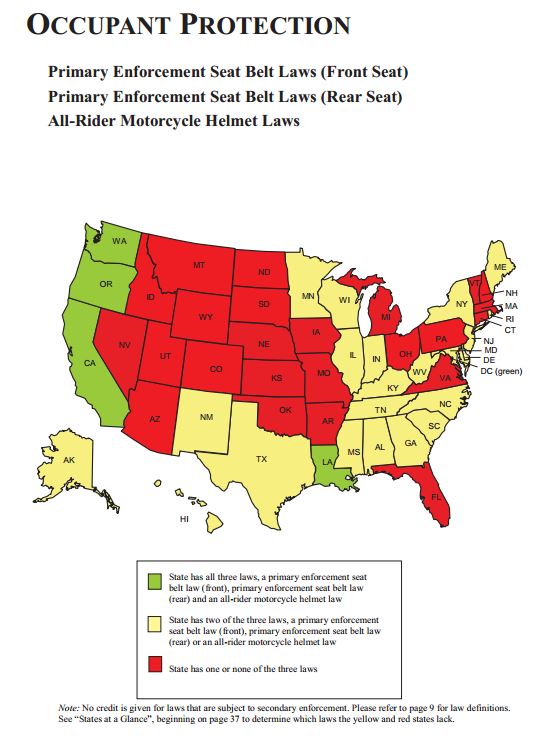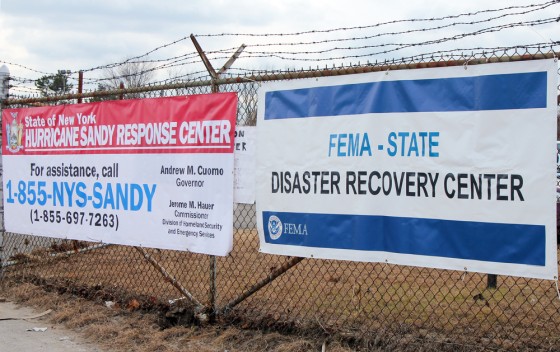 A bill that would give companies in Tennessee a free market alternative to state-mandated workers compensation insurance was introduced yesterday by Sen. Mark Green (R-Clarksville), a physician and vice-chair of the Senate Commerce and Labor Committee, and Rep. Jeremy Durham (R-Franklin), House Majority Whip.
A bill that would give companies in Tennessee a free market alternative to state-mandated workers compensation insurance was introduced yesterday by Sen. Mark Green (R-Clarksville), a physician and vice-chair of the Senate Commerce and Labor Committee, and Rep. Jeremy Durham (R-Franklin), House Majority Whip.
The Tennessee Option draws from the best practices of Texas nonsubscription and the Oklahoma Option, according to the Association for Responsible Alternatives to Workers’ Compensation (ARAWC). The Option is designed to provide Tennessee employers an alternative for funding and responding to occupational injuries while still protecting employees and their families. The key components are employee accountability, medical management, employee-employer engagement, and free-market competition.
“The core focus of the Tennessee Option is to help injured employees get back to work faster,” Sen. Green said in a statement. “Making that happen requires good benefits, strong communication, and will lead to higher employee satisfaction. An Option will also give job creators a way to save more than 50% on workers’ comp costs, so they can invest in growth and more employees.”
ARAWC spokesman, Brent Buchanan told the Monitor that the bill has been in the works for about six months and the next step is a committee hearing. Because of its strong sponsorship, there is a good chance it will pass this legislative session, he said.
Janine Kral, president of ARAWC and vice president of risk management at Nordstrom said in a statement, “The Tennessee Option is a local effort driven by the bill sponsors with the support of Tennessee employers and associations. ARAWC will serve as a resource to this local group that is focused on providing a free-market alternative to workers’ compensation insurance.”
Oklahoma passed Option legislation in 2013. Texas has allowed alternative injury benefit programs for more than 100 years, ARAWC said, adding that Texas employers using the Option have saved billions of dollars while increasing return-to-work rates.
According to ARAWC:
Private employers can elect the Tennessee Option. Current Tennessee law allows cities, counties and school districts to opt out of the workers compensation system and several have elected to do so. Tennessee law already exempts employers with less than five employees from the requirement to provide workers compensation insurance. The Tennessee Option legislation will not amend those current exemptions. The Option will not be available to construction or coal mining companies due to their unique industry requirements.
By removing various third parties from between the true stakeholders – employees and employers – the Tennessee Option will encourage more collaboration between the parties. At least a mandated level of benefits must be paid. Many Option employers will pay higher wage replacement benefits than workers’ compensation. The employer must prove that financial security is available to pay the benefits, and a guaranty fund will be established. Stringent appeal rights are included in the Option to provide employees due process. Due to disclosure requirements, employees in an Option will be more aware of their injury benefits and the processes for procuring them. And more employee accountability will lead to better medical outcomes, which is good for all parties.





